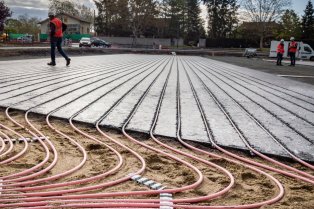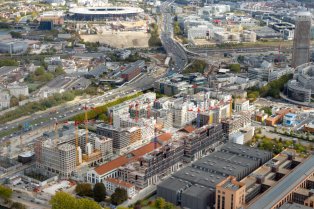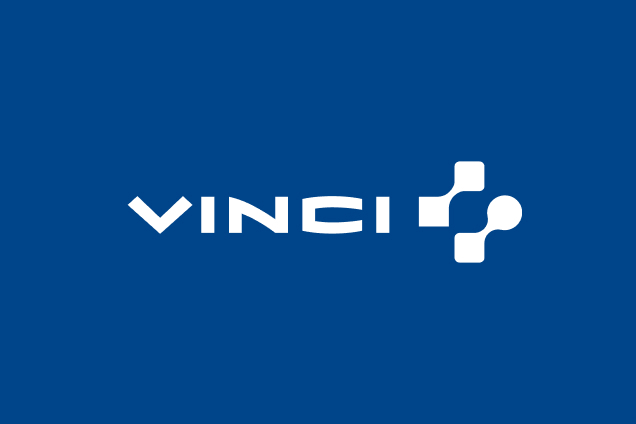Urban cool islands: adapting cities to hotter temperatures
Working with communities on their ecological transition and building cool islands in cities are two ways in which we are addressing the increasing number of extreme heat episodes.
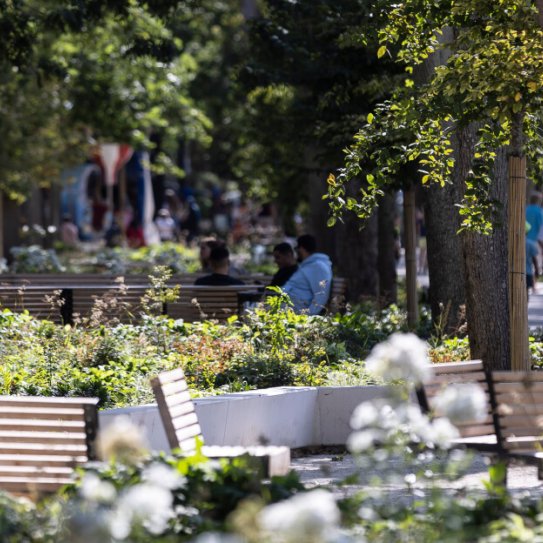
The consequences of urban heat islands
Climate change, land take and building density contribute to rising air and ground temperatures in cities, especially at night when road surfaces and buildings release the heat they have absorbed throughout the day. Several factors combine to create this heat island phenomenon: the bricks, stones and concrete used in buildings, the asphalt mix used to surface roads (which stores heat especially if it is dark in colour), land take (i.e. building density), lack of plant cover, and human activity (road traffic, heating, air conditioning and so forth).
Some outdoor urban areas and amenities become unusable because their surface is scorching hot or due to the lack of shade. Besides being unpleasant, severe heat can be harmful to health. And turning up the air conditioning increases energy consumption.
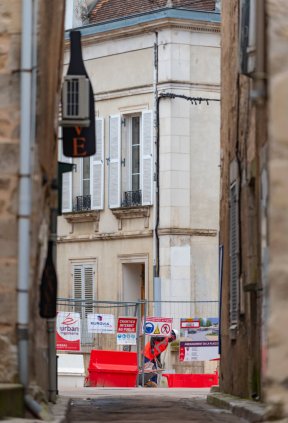
Communities are taking action to stop overheating
Adaptation is key to avoiding overheating, keeping public spaces usable and keeping cities attractive. That is what cities and regions are doing today by revamping outdoor areas and speeding up regreening campaigns. The French government set up a €2.5 billion green fund in January 2023 to help local authorities with this aspect of their ecological transition1.
Creating parks in cities, making soil more permeable and optimising rainwater management can do a lot to cool heat islands. Lighter-coloured surfaces also make a considerable difference: they reflect the sun’s energy instead of storing and later radiating it. The walls, roofs and alleys on the Cyclades islands in Greece, for instance, aren’t whitewashed by chance: the white increases the albedo effect.
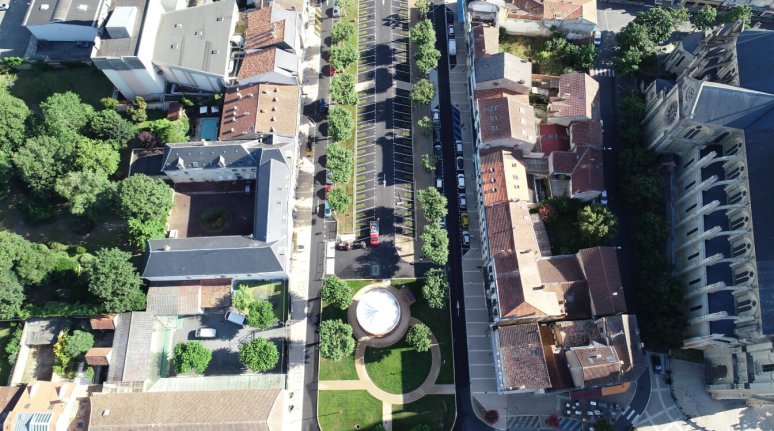
Our solutions to cool cities
We have worked on several cool-island projects in Bordeaux, Toulon and several other parts of France, essentially remediating soil in industrial brownfields and turning them into gardens and parks spanning several hectares.
Our expertise is concentrated in Revilo®, our four-pronged solution to create urban cool islands by:
- increasing plant cover, notably with trees, which cool their immediate surroundings through evapotranspiration;
- using rainwater as close as possible to where it falls (rainwater is essential for plant cover to spread);
- restoring living soils so that, once they are functional again, they let water through and store it, which in turns enables plants to grow and biodiversity to thrive;
- using light-coloured pavements to reflect the sun’s rays and limit the rise in air temperature.
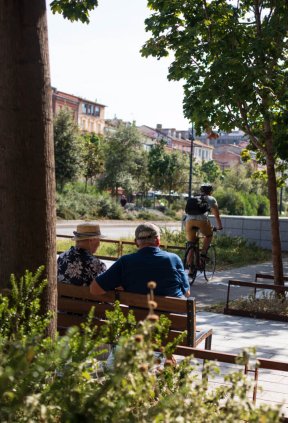
€2.5 bn
the total amount of the French government’s green fund to help local authorities with their ecological transition
